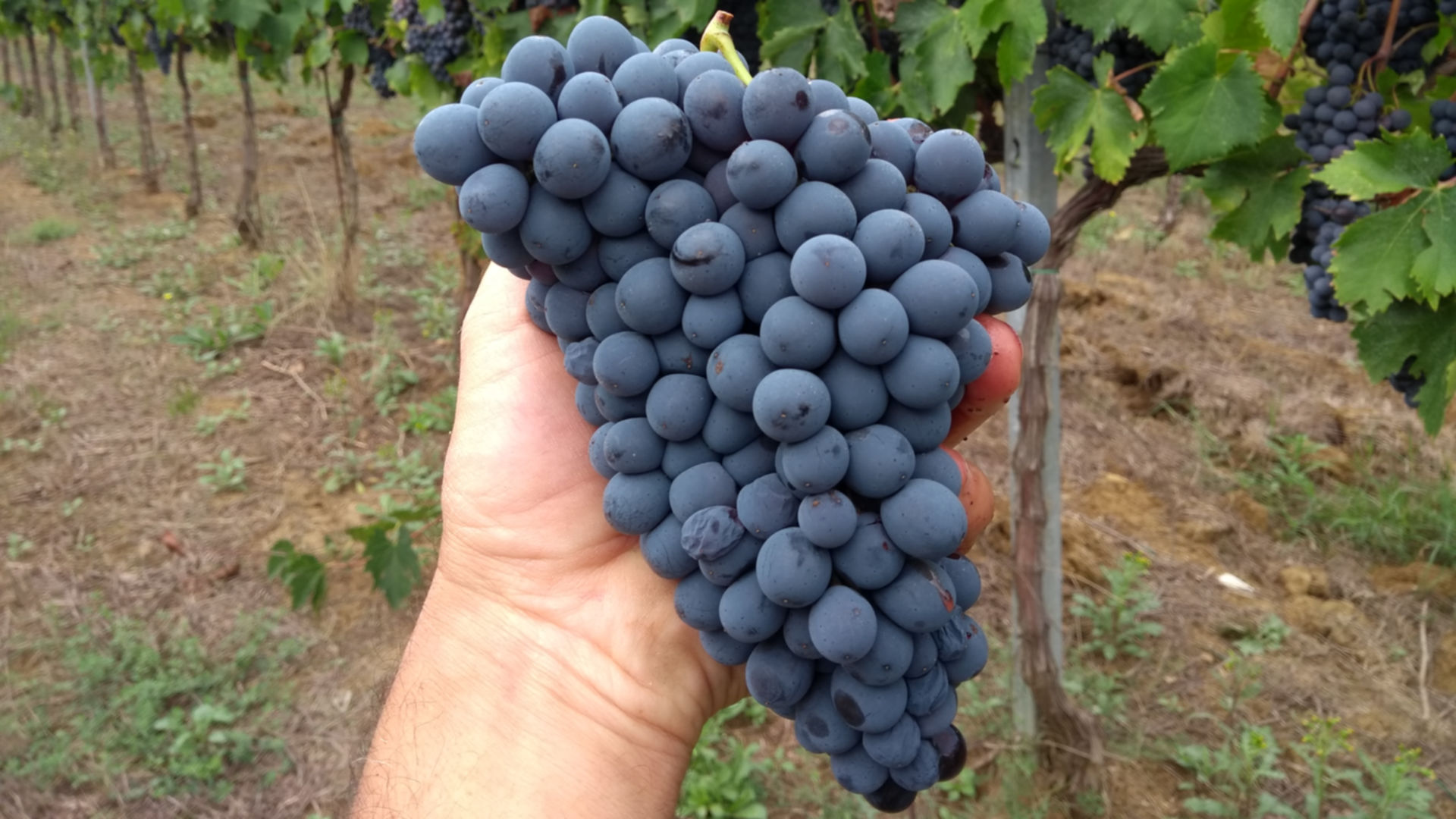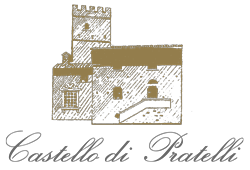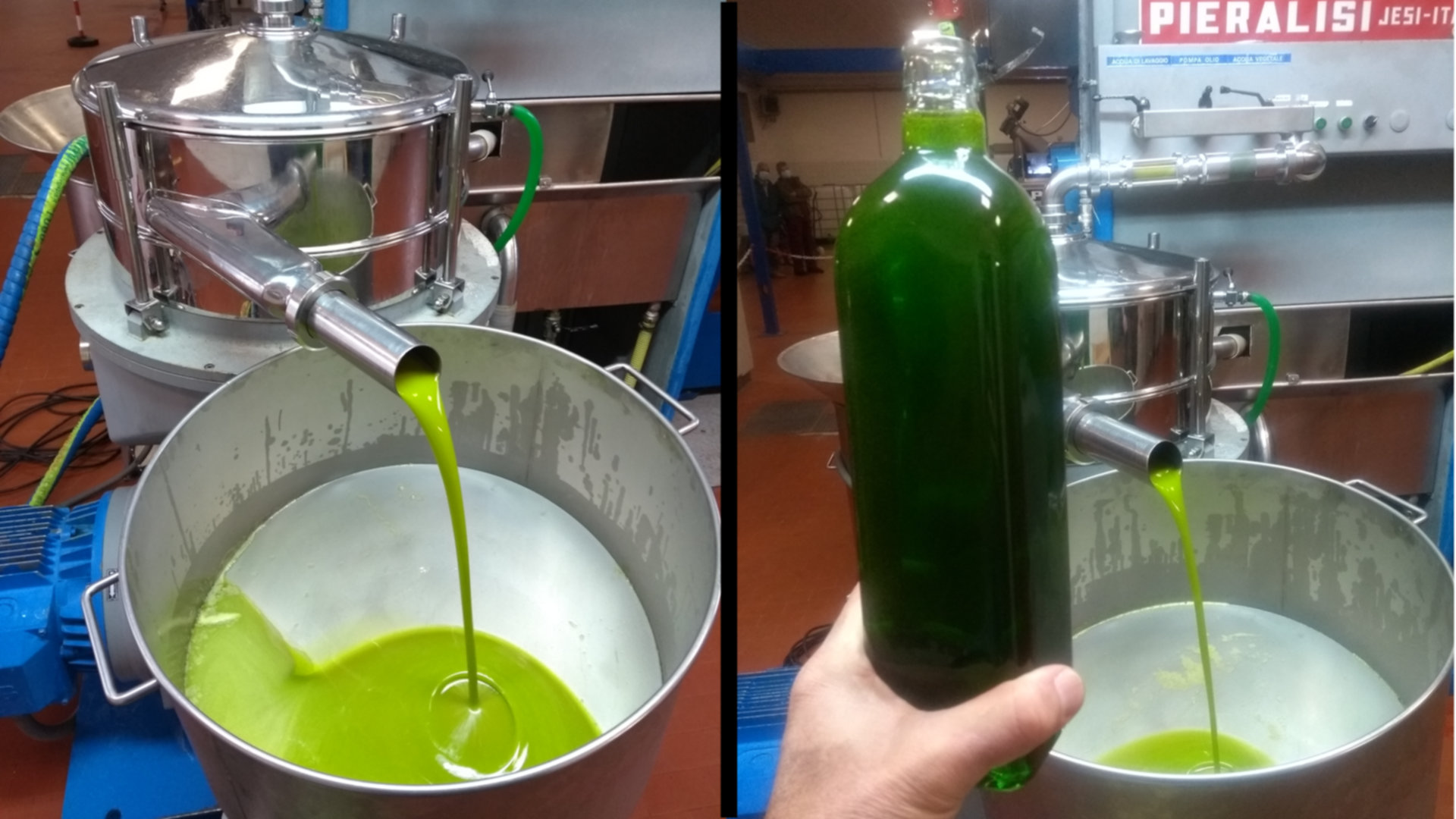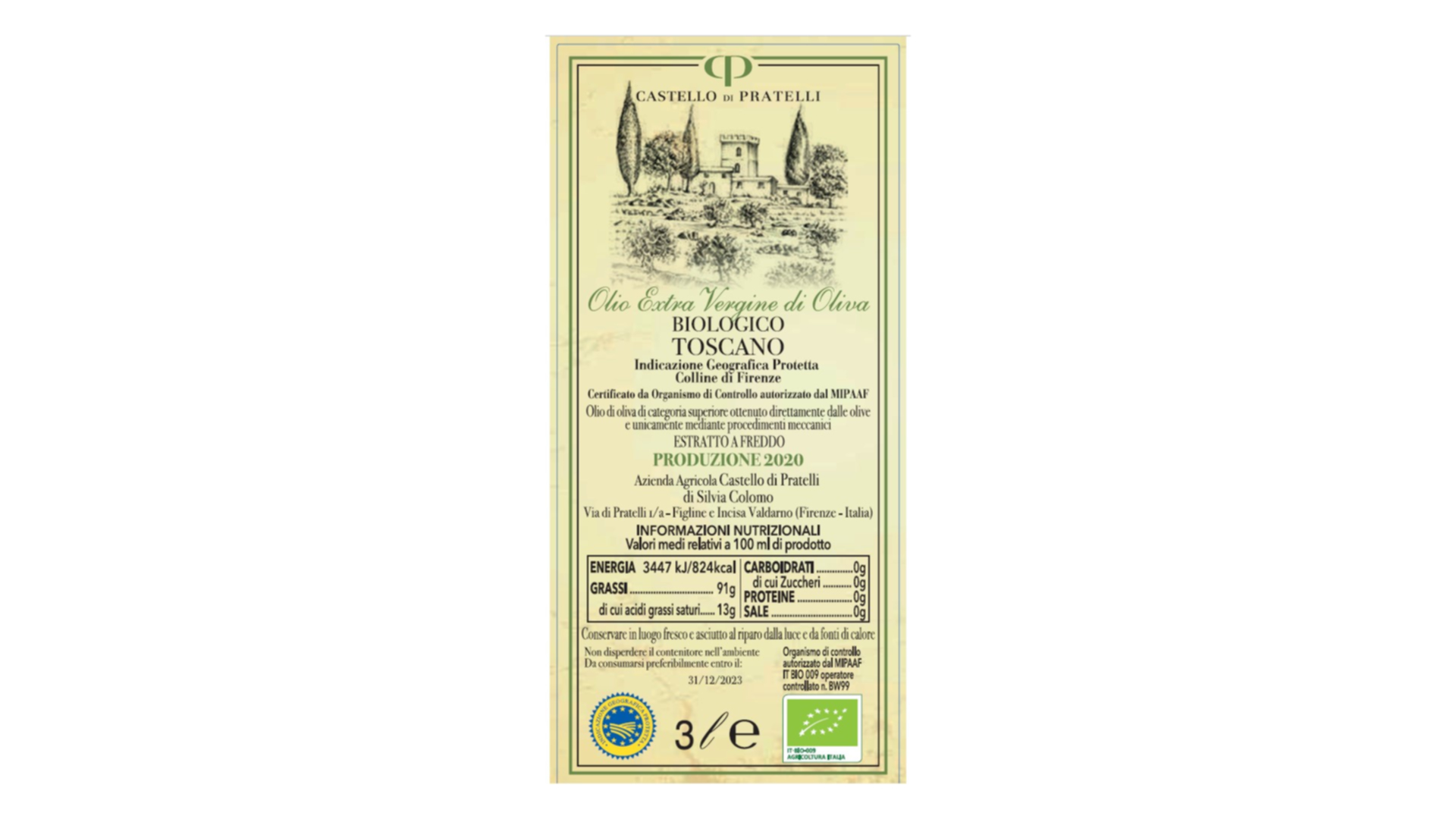
the organic farm
our products
We dedicate ourselves with great passion to the cultivation of the land, convinced that the production of food is something ancestral, which puts man in direct contact with the harmony of nature and its cycles. Consequently we apply the organic method, since “nature always knows what she is doing!” but we are attentive to technological evolution, since the processes must be known and sometimes guided.
Our company is located in the Valdarno, between Florence and Arezzo, a Chianti wine area, whose hills and plateaus are historically suited for the cultivation of vines and olives. At the foot of the medieval tower that overlooks the Pratelli hill, our centuries-old olive groves enjoy an ideal microclimate, which is not affected by extreme hot and cold phenomena. We are committed to their maintenance by continuously integrating failures with noble varieties such as the frantoio.
The old “married” vineyard was replanted in 2012 with pure Sangiovese, believing that the immense richness and typicality of our territory does not need to be distorted with external additions. We do not believe in the shortcuts of “international taste”, we think that the right way is to make our flavors better known and appreciated. For this reason, but also for reasons of environmental sustainability, we have chosen not to use aging barriques.
We think that wine is made in the vineyard, so it is in it that our efforts are concentrated: spurred cordon system, with not exaggerated sixth, manual pruning, minimal tillage of the soil, which remains grass for most of the time, green pruning handmade, thinning of the bunches to obtain low yields, manual harvest with selection of the bunches and use of small crates, to avoid premature crushing. We only use organic fertilizers in limited quantities and carry out phytosanitary treatments with copper and sulfur in the minimum quantities in relation to the seasonal trend.
the red wine
Toscana Sangiovese IGT
After the harvest, the grapes are taken to the cellar, crushed and de-stemmed with the use of a mechanical crusher-destemmer. Fermentation takes place in vitrified concrete tanks with daily pumping over. Fermentation lasts from 7 to 10 days depending on the sugar content. After racking, the pomace is simply drained, without any pressing, to avoid the extraction of unpleasant tannins. The malolactic fermentation takes place in steel vats at a controlled temperature. Subsequently the wine rests for about a year, with some decanting, to eliminate the lees that settle naturally, without any filtration. After bottling, our red is refined for about another year before being marketed.
Intense ruby red color with violet reflections, the nose is clean, with hints of carnation and red fruits. In the mouth the fruitiness of Sangiovese is confirmed, pleasantly fresh, well blended tannins.
the rosé wine
Toscana Rosato IGT
We bet a lot on this wine, thinking that the freshness and fruitiness of Sangiovese would give good results. The must is left to macerate on the skins for 10 to 15 hours, with the aim of obtaining a lively color tending to cherry. After racking, the must is fermented in steel vats. After about 2 weeks it is decanted with the addition of bentonite, totally inert and free of allergens. It spends the winter in the coldest part of the cellar, in order to favor the natural precipitation of tartrates, then it is bottled and marketed from the end of spring.
At sight it has a beautiful bright cherry color, fragrant sensations of berries, geranium and rose, in the mouth it is fresh and clean, pleasantly savory and herbaceous, embellished in the finish by a strong hint of strawberry … in our opinion the bet is won!
the oliveoil
Olio extravergine d'oliva Toscano IGP Colline di Firenze
Well aware of the value and delicacy of our raw material, we take the utmost care in all stages, from harvesting to bottling. The beginning of the harvest generally takes place in the second half of October, to preserve the phenolic charge, even at the expense of yield. The stripping is manual, with extensive use of traditional pliers, which minimize traumas on the plant and on the drupes. The pressing takes place at the best mills in the area, using a two-phase cycle, paying the utmost attention to temperature, kneading time and water dosage. After pressing, the oil is immediately filtered and bottled in the shortest possible time, to preserve all its characteristics.
The result is an oil of excellence, whose chemical parameters and organoleptic characteristics far exceed the standards imposed by the IGP Tuscan Oil specification

 +39 338 2989568
+39 338 2989568


